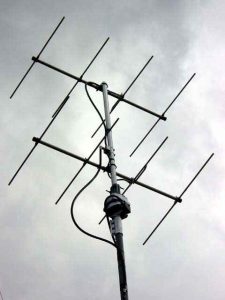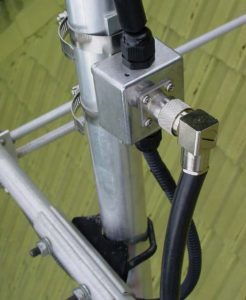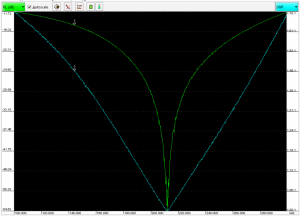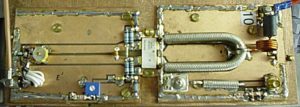This article is a post mortem review of a 144MHz splitter combiner that was made using RG6 coax. It is post mortem (ie post death) because the combiner was stored outdoors without checking that the connectors were protected from weather.
The combiner was used successfully for over 10 years on a 144MHz four over four antenna system (above) without any maintenance problems.
Above is a close up of the Tee point of the network. The coax cables are protected by HDPE sleeving to reduce the chance of damage at the hands of Sulphur Crested Cockatoos, in the event there was no damage.
Continue reading Post mortem review of a 144MHz combiner / splitter










